The Inca Empire - A Study of Power and Engineering
The Inca Empire, a marvel of ancient civilization, stands as a testament to power, ingenuity, and engineering prowess. Rising from humble beginnings, the Inca civilization flourished in the 15th century, transforming from a small tribe nestled in the Andean highlands into the formidable empire that dominated pre-Columbian America. Through strategic alliances and military conquests, the Inca Empire expanded its reach, showcasing remarkable feats of engineering and societal organization that continue to captivate the world.
At the core of the Inca Empire's success lay their unparalleled engineering achievements. From the awe-inspiring citadel of Machu Picchu perched high in the mountains to the intricate network of roads connecting distant corners of the empire, the Inca displayed unparalleled skill in construction and infrastructure development. Their innovative agricultural terraces and sophisticated irrigation systems not only sustained their population but also demonstrated a profound understanding of the land and its resources.
Delving into the societal structure of the Inca unveils a complex hierarchy that governed every aspect of life within the empire. The emperor, revered as a divine ruler, held sway over a system of nobility, commoners, and slaves, each playing a crucial role in maintaining the empire's stability. Through meticulous governance, tribute collection, and administrative organization, the Inca established a society that thrived on cooperation and order.
Religion permeated every facet of Inca culture, with spiritual beliefs shaping daily life and governance. Worship of nature, reverence for deities like Inti, the sun god, and the veneration of sacred sites underscored the spiritual fabric of the empire. Rituals performed at sites such as Sacsayhuamán reflected the Inca's deep connection to the divine and their belief in the interconnectedness of the natural and supernatural realms.
The Inca's agricultural innovations revolutionized farming practices in the Andean region, enabling them to cultivate crops at high altitudes and sustain a burgeoning population. Through ingenious techniques like terracing, crop diversification, and the use of guano as fertilizer, the Inca demonstrated a mastery of the land that set them apart from their contemporaries.
Military conquests formed a cornerstone of the Inca Empire's expansion, as they employed a blend of diplomacy, force, and strategic alliances to subdue neighboring peoples. The incorporation of conquered territories into the empire through reciprocity and tribute solidified the Inca's dominance, paving the way for an empire that spanned vast swathes of South America.
The legacy of the Inca Empire endures to this day, shaping the cultural landscape of modern Peru and the Andean region. From language and traditions to ongoing archaeological discoveries, the remnants of the Inca civilization continue to fascinate and inspire, offering a glimpse into a bygone era of power and sophistication.
As we navigate the complexities of the modern world, the significance of the Inca Empire remains palpable, influencing contemporary Andean societies, tourism, and indigenous rights movements. Preserving and understanding this ancient civilization is not just a matter of historical curiosity but a vital endeavor that enriches our understanding of the past and informs our future.
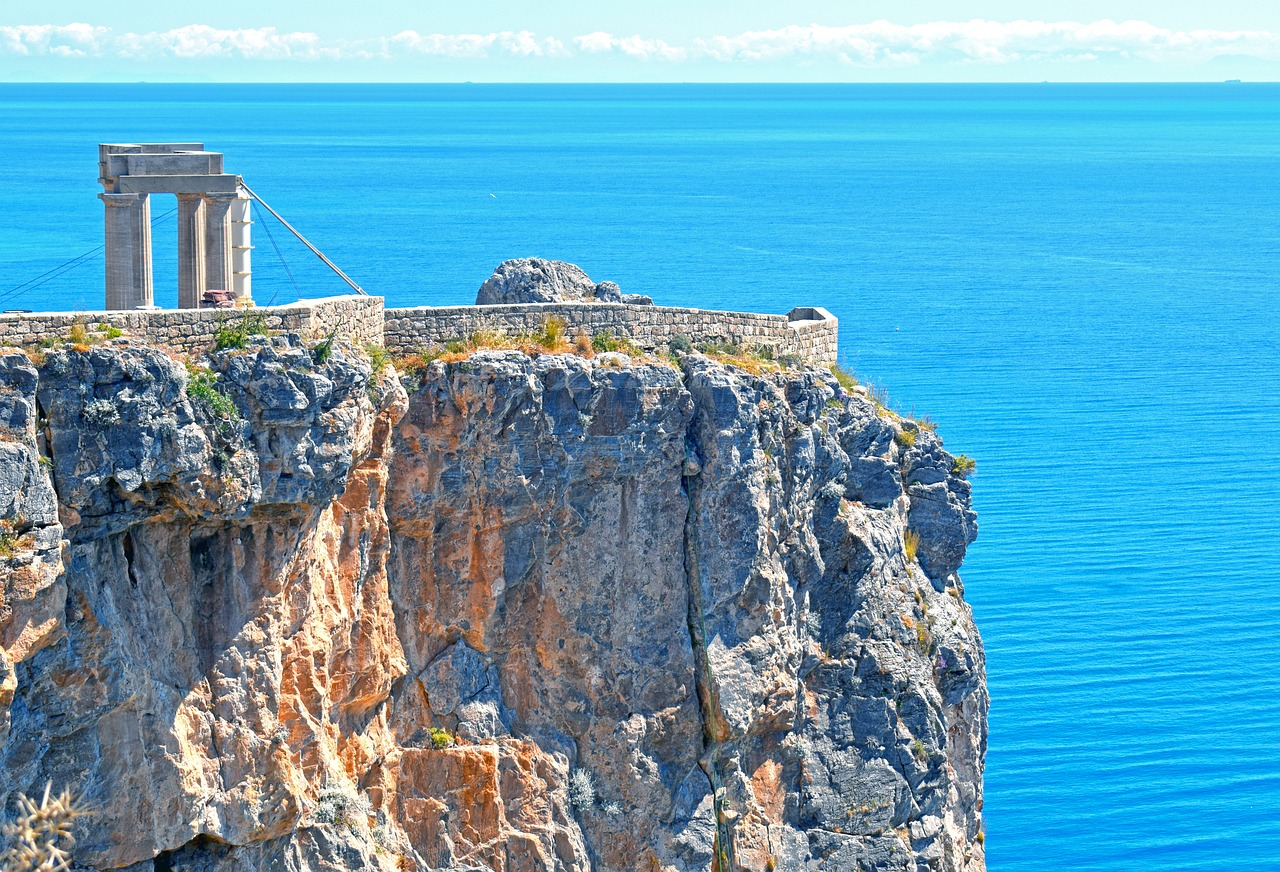
Rise of the Inca Empire
The rise of the Inca Empire is a fascinating tale of ambition, strategy, and resilience. In the 15th century, a small tribe in the Andean highlands began a remarkable journey that would ultimately lead to the creation of one of the most powerful empires in pre-Columbian America. Through a combination of strategic alliances and military conquests, the Inca civilization expanded its influence, absorbing neighboring communities and territories into its growing domain.
At the heart of the Inca Empire's rise was a sophisticated understanding of diplomacy and warfare. By forging alliances with other indigenous groups and employing military tactics that emphasized both force and negotiation, the Incas were able to steadily expand their territory and solidify their control over the Andean region. This gradual but relentless expansion laid the foundation for the empire's eventual dominance over a vast expanse of land.
Moreover, the Inca Empire's rise was not just a story of military conquests, but also of cultural exchange and adaptation. As they absorbed new territories, the Incas assimilated elements of local cultures, incorporating diverse traditions and practices into their own societal fabric. This ability to adapt and integrate different influences played a crucial role in the empire's growth and resilience.
By the time of its peak, the Inca Empire had become a formidable force in the Andes, with a highly centralized political structure, a complex system of governance, and a network of roads that facilitated communication and trade across vast distances. The empire's rise was a testament to the ingenuity and resourcefulness of the Inca people, who transformed a small tribe into a dominant power through a combination of skillful diplomacy, military prowess, and cultural assimilation.

Inca Engineering Feats
The Inca Empire was renowned for its remarkable engineering feats, showcasing the ingenuity and advanced knowledge of the civilization. One of the most iconic examples of their engineering prowess is the awe-inspiring Machu Picchu. This ancient citadel, perched high in the Andes mountains, is a testament to the Inca's architectural skills and strategic planning. The precision with which the stone structures were crafted and fitted together without mortar continues to puzzle modern engineers.
Additionally, the Inca Empire boasted an extensive and sophisticated road network that connected distant regions of their vast territory. These roads, known as "Qhapaq Ñan," allowed for efficient communication, trade, and military mobilization across diverse landscapes. The engineering required to build and maintain these roads, which traversed mountains, deserts, and jungles, is a testament to the Inca's mastery of infrastructure development.
Furthermore, the Inca's innovative agricultural terraces exemplify their engineering acumen in harnessing the challenging terrain of the Andes for cultivation. By constructing terraces on steep slopes, the Inca were able to create flat surfaces for farming, effectively utilizing limited arable land and maximizing agricultural productivity. This ingenious solution enabled the empire to support its growing population and thrive in harsh environmental conditions.
Another noteworthy engineering feat of the Inca civilization was their sophisticated irrigation systems. By harnessing natural water sources and channeling them through intricate networks of canals and aqueducts, the Inca were able to provide water for agriculture, domestic use, and urban centers. These irrigation systems not only sustained the empire's agricultural production but also facilitated the development of thriving urban settlements.
In conclusion, the engineering feats of the Inca Empire stand as a testament to the ingenuity, skill, and resourcefulness of this ancient civilization. From the architectural marvel of Machu Picchu to the intricate road network, agricultural terraces, and irrigation systems, the Inca's engineering achievements continue to inspire awe and admiration, highlighting their enduring legacy in the annals of history.

Societal Structure of the Inca
The societal structure of the Inca Empire was intricately organized, reflecting a well-defined hierarchy that governed all aspects of life within the civilization. At the pinnacle of this structure stood the emperor, known as the Sapa Inca, who was believed to be the son of the sun god Inti and held absolute power over the empire. The emperor was not only a political leader but also a religious figure, embodying divine authority and overseeing religious ceremonies and rituals.
Beneath the emperor were the nobility, comprised of aristocrats and high-ranking officials who held significant power and privilege within Inca society. They were responsible for overseeing various administrative duties, managing the empire's vast territories, and ensuring the collection of tribute from conquered regions to sustain the empire's economy.
Commoners made up the majority of the population and were divided into different social classes based on their occupation and contributions to society. Farmers, artisans, and laborers played crucial roles in supporting the empire's economy through agricultural production, craftwork, and construction projects. Despite their lower social status, commoners enjoyed certain rights and protections under Inca law.
Slavery also existed within the Inca Empire, with captured individuals from conquered territories serving as laborers or domestic workers. Slaves were considered the property of their owners and had limited rights, although some were able to earn their freedom through loyal service or exceptional skills.
The Inca society operated under a complex system of governance that involved the delegation of authority to regional governors, military commanders, and specialized officials responsible for specific tasks such as taxation, record-keeping, and religious ceremonies. This hierarchical structure ensured the efficient administration of the empire and the enforcement of laws and regulations throughout its vast territories.
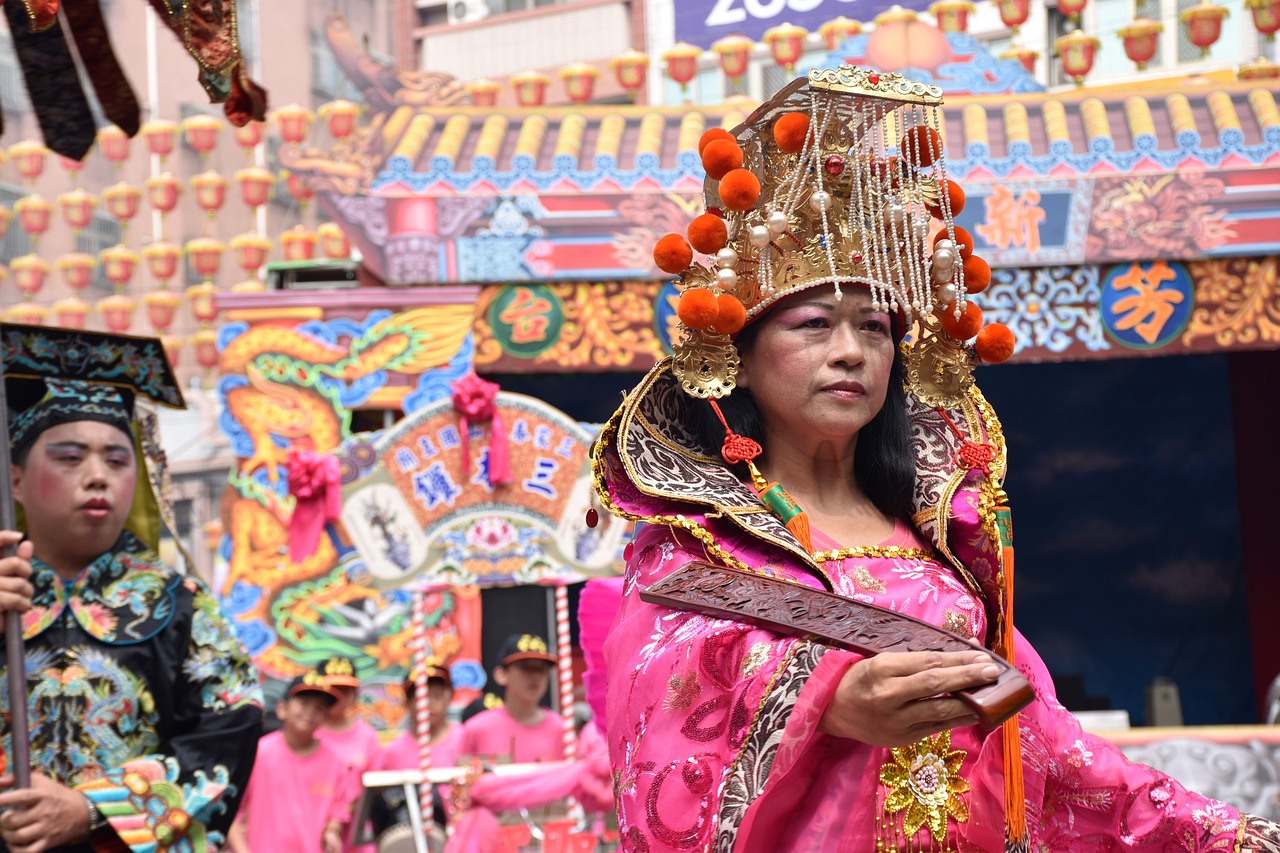
Inca Religious Practices
When delving into the realm of Inca religious practices, one cannot help but be captivated by the intricate tapestry of beliefs and rituals that defined their spiritual world. The Inca people held a deep reverence for nature, viewing it as a sacred force that shaped their existence. Central to their religious framework was the worship of various deities, with Inti, the sun god, occupying a prominent place in their pantheon. The Inca believed that Inti was the source of life and prosperity, and as such, rituals and ceremonies were conducted to honor and appease this powerful deity.
Moreover, the Inca's relationship with the natural world extended beyond mere reverence to active engagement with the environment. They regarded certain geographical features, such as mountains, rivers, and lakes, as living entities imbued with spiritual significance. Sites like Sacsayhuamán, with its massive stone walls and intricate masonry, were considered sacred spaces where the divine intersected with the earthly realm. Pilgrimages to these sites were undertaken as acts of devotion and communion with the supernatural forces believed to reside there.
Furthermore, the Inca practiced elaborate rituals and ceremonies to ensure the favor of their gods and maintain harmony with the natural world. These rituals often involved offerings of food, drink, and valuable items, symbolizing the reciprocity between humans and the divine. Priests, known as amautas, played a crucial role in mediating between the spiritual and material realms, interpreting omens, and conducting ceremonies to propitiate the gods.
Inca religious practices were not confined to formal rituals but permeated every aspect of daily life, influencing social customs, governance, and agricultural practices. The belief in divine intervention and the interconnectedness of all living beings shaped the ethical code of the society, emphasizing reciprocity, community, and environmental stewardship.
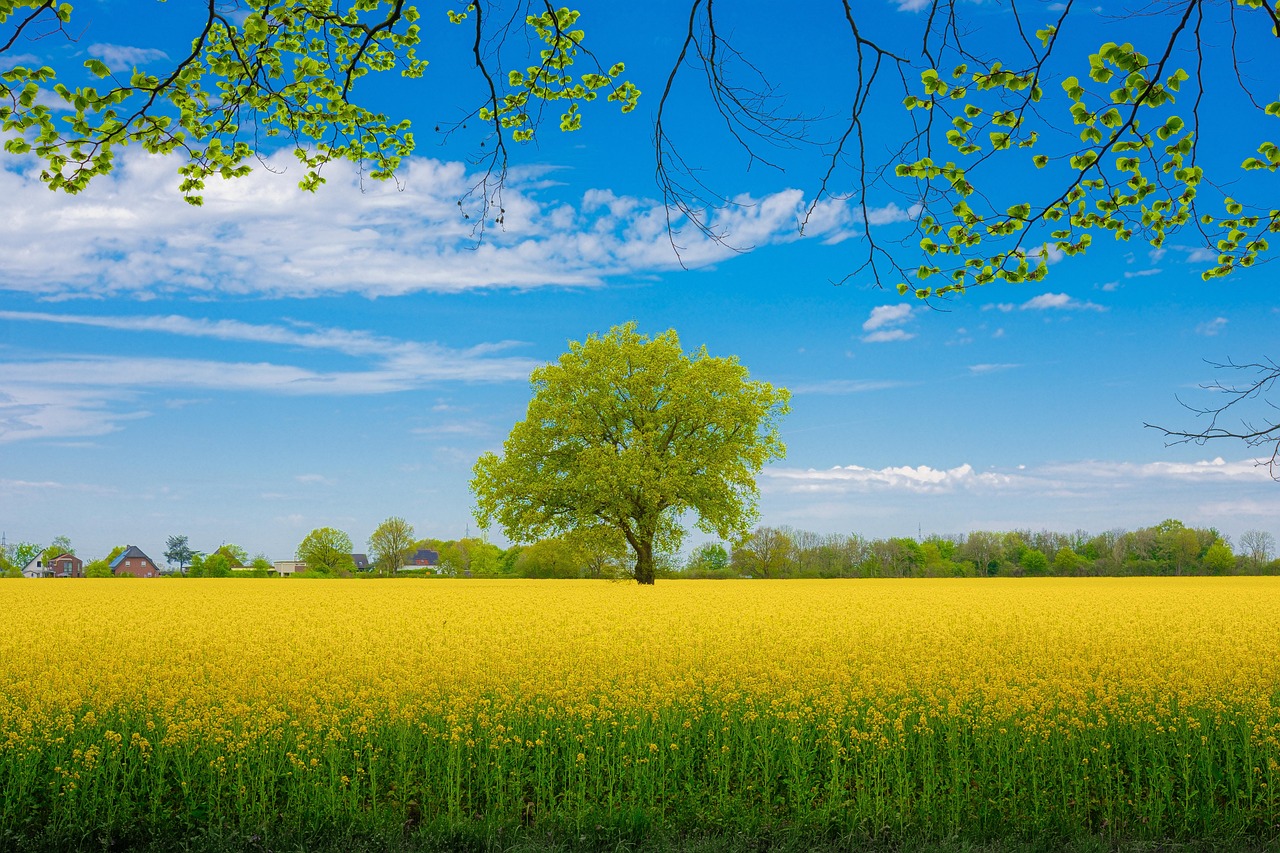
Agricultural Innovations of the Inca
The Inca civilization was renowned for its remarkable agricultural innovations, which played a crucial role in sustaining their empire's growth and prosperity. One of the most significant advancements was the development of agricultural terraces, known as andenes, which allowed the Inca to cultivate crops in the steep Andean terrain. These terraces not only prevented soil erosion but also provided efficient irrigation systems, ensuring consistent water supply to the crops.
Furthermore, the Inca implemented sophisticated crop diversification techniques, growing a wide variety of crops such as maize, potatoes, quinoa, and various fruits and vegetables. This diversification not only ensured food security but also promoted a balanced diet among the population, contributing to their overall health and well-being.
Another key innovation was the utilization of guano as fertilizer, sourced from seabird colonies along the coast. The high nitrogen content of guano enriched the soil, enhancing crop yield and quality. This practice of organic fertilization was a testament to the Inca's sustainable agricultural methods, prioritizing long-term soil fertility and productivity.
In addition to these practices, the Inca also implemented efficient water management systems, including intricate canal networks and reservoirs that stored water for irrigation during dry seasons. By harnessing the natural resources of the Andean environment, the Inca demonstrated their ingenuity in adapting to challenging agricultural conditions and maximizing productivity.

Inca Conquests and Expansion
During the height of the Inca Empire, their conquests and expansion were key to solidifying their power and influence across the Andean region. The Inca employed a combination of military strategies, diplomacy, and administrative control to incorporate neighboring peoples into their vast empire. Through a system of reciprocity and tribute, the Inca were able to integrate newly conquered territories while maintaining a level of autonomy for local rulers.
One of the most significant aspects of Inca conquests was their ability to assimilate diverse cultures and populations into their empire. Rather than simply subjugating conquered peoples, the Inca often allowed them to retain their own customs and traditions, as long as they paid tribute and acknowledged the supremacy of the Inca ruler. This approach to expansion contributed to the stability and longevity of the empire.
Moreover, the Inca's strategic use of force and diplomacy enabled them to expand their territory rapidly, incorporating regions with valuable resources and strategic importance. By establishing a network of roads and communication systems, the Inca were able to maintain control over distant provinces and ensure the flow of goods and information throughout the empire.
Through a combination of military might, political astuteness, and cultural assimilation, the Inca Empire was able to extend its reach from modern-day Ecuador to central Chile, encompassing a diverse array of landscapes and peoples. This expansion not only increased the wealth and power of the empire but also facilitated the spread of Inca culture and influence throughout the Andean region.
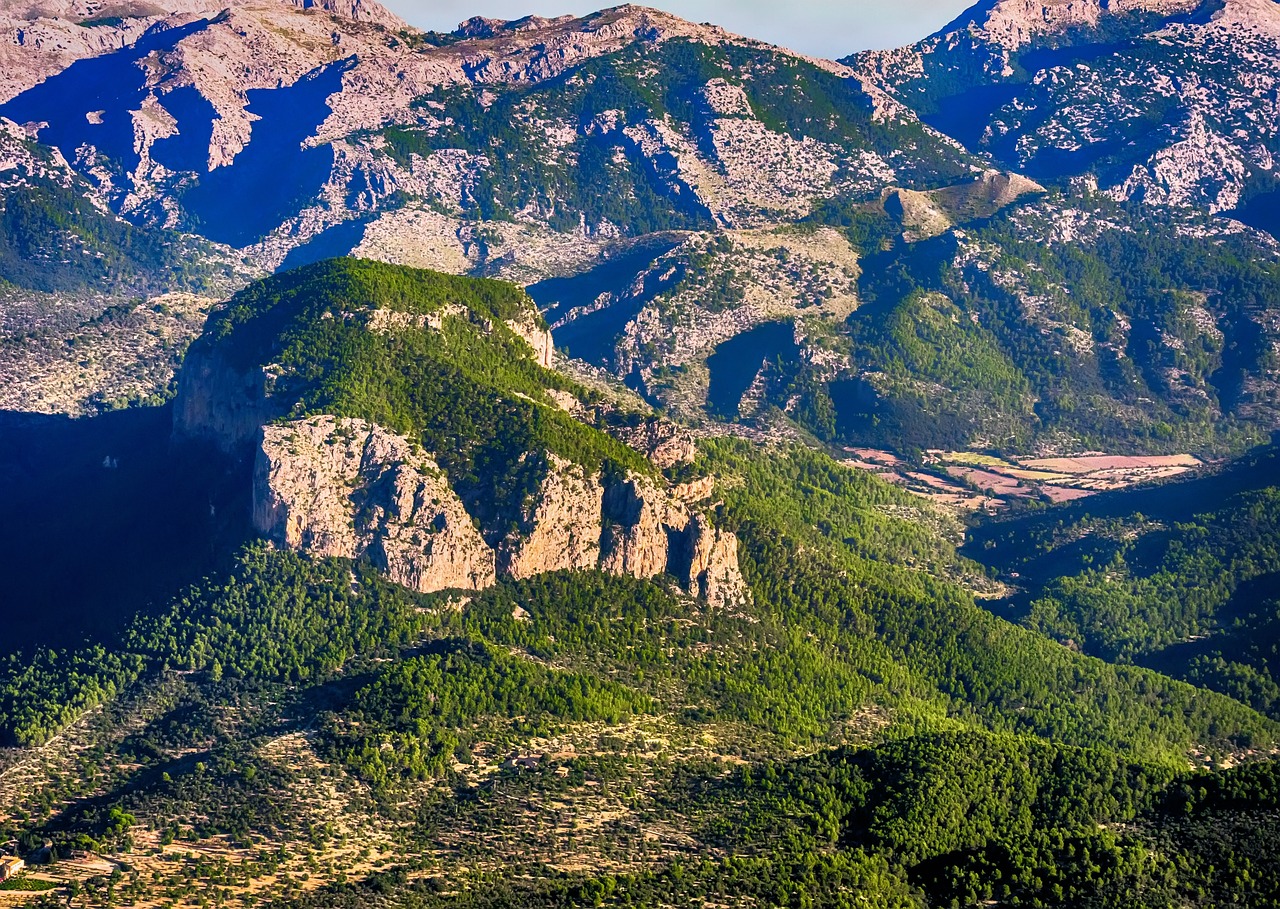
Legacy of the Inca Empire
The legacy of the Inca Empire continues to resonate through the ages, leaving an indelible mark on the cultural landscape of modern-day Peru and the wider Andean region. The remnants of their once-thriving civilization serve as a testament to their ingenuity, resilience, and spiritual connection to the natural world.
One of the most enduring legacies of the Inca Empire is their architectural marvels, such as the iconic citadel of Machu Picchu. This ancient city, perched high in the Andes, stands as a symbol of Inca engineering prowess and their harmonious integration with the surrounding landscape. The precision of their stonework and the strategic positioning of their structures continue to awe visitors from around the globe.
Furthermore, the Inca's agricultural innovations have had a lasting impact on farming practices in the region. Their mastery of terracing techniques, crop diversification, and utilization of guano as fertilizer revolutionized high-altitude farming, enabling sustainable food production in challenging environments. The legacy of their agricultural knowledge can still be seen in the terraced hillsides and fertile fields that dot the Andean countryside.
Moreover, the spiritual beliefs and rituals of the Inca people have left an enduring imprint on Andean culture. The reverence for nature, the worship of deities like Inti, and the importance of sacred sites in Inca religion continue to shape the spiritual practices of indigenous communities in the region. The legacy of their religious traditions can be felt in the annual Inti Raymi festival, a celebration of the sun god that pays homage to the Inca's ancient beliefs.
Additionally, the Inca's legacy is preserved through ongoing archaeological discoveries that shed new light on their history and achievements. Excavations at sites like Sacsayhuamán and Ollantaytambo reveal the sophistication of Inca urban planning, military fortifications, and ceremonial centers, providing valuable insights into their way of life and societal organization.
In conclusion, the legacy of the Inca Empire endures as a source of inspiration, fascination, and pride for the people of Peru and the Andean region. By preserving their cultural heritage, honoring their achievements, and continuing to unravel the mysteries of their civilization, we ensure that the spirit of the Inca lives on for generations to come.
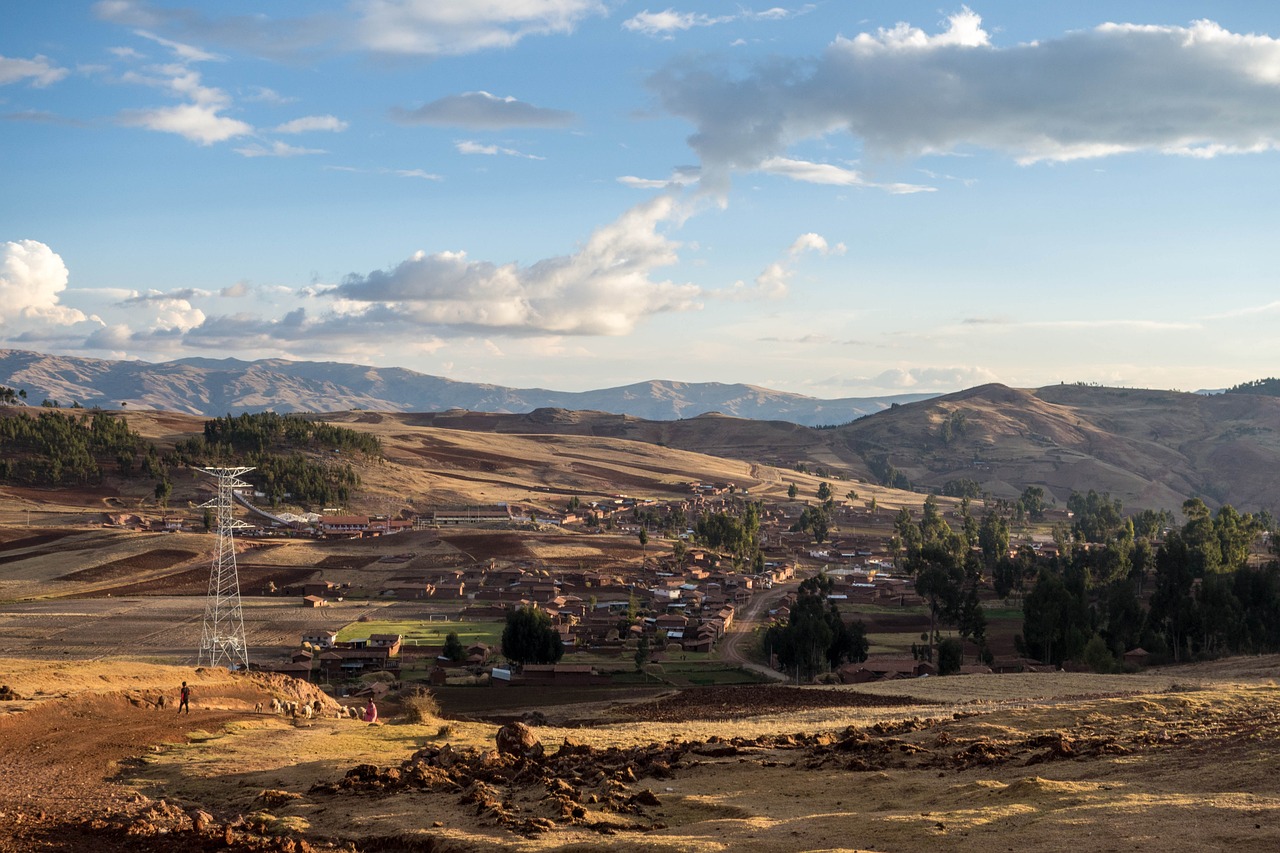
Modern-Day Significance of the Inca
Modern-Day Significance of the Inca Empire lies in its profound influence on contemporary Andean societies and the preservation of indigenous heritage. The legacy of the Inca continues to shape the cultural identity of modern-day Peru and the wider Andean region. The architectural marvels left behind by the Inca, such as Machu Picchu, attract millions of tourists annually, contributing significantly to the economy of Peru. These ancient sites serve as a reminder of the engineering prowess and artistic sophistication of the Inca civilization, captivating visitors from around the world.
Furthermore, the Inca legacy plays a crucial role in indigenous rights movements, advocating for the protection of ancestral lands and cultural traditions. The descendants of the Inca people strive to maintain their heritage and language, resisting assimilation and preserving their unique identity in the face of modern challenges. The Inca civilization symbolizes resilience, adaptability, and a deep connection to the natural world, inspiring contemporary efforts to safeguard indigenous knowledge and practices.
Frequently Asked Questions
- What was the significance of Machu Picchu in the Inca Empire?
Machu Picchu was a remarkable Inca citadel located high in the Andes mountains, serving as a royal estate or possibly a religious site. Its strategic location, sophisticated architecture, and intricate terraces demonstrate the advanced engineering skills and strategic planning of the Inca civilization.
- How did the Inca Empire manage its vast territorial expanse?
The Inca Empire implemented a sophisticated system of governance, known as the "Tawantinsuyu," which divided the empire into four regions and established a network of roads and administrative centers to facilitate communication, trade, and tribute collection. This centralized control enabled the Inca to effectively manage their extensive territories.
- What role did religion play in Inca society?
Religion was central to Inca culture, with the worship of nature, celestial bodies, and sacred sites playing a significant role in their spiritual beliefs. Rituals, ceremonies, and offerings were conducted to honor deities like Inti, the sun god, and maintain harmony between the natural and supernatural worlds.
- How did the Inca Empire impact modern-day Peru and the Andean region?
The legacy of the Inca Empire continues to influence the cultural identity, language, traditions, and agricultural practices of contemporary Andean societies. Additionally, the archaeological remains of Inca sites attract tourists from around the world, contributing to the economy and raising awareness of indigenous heritage.



















